Healthcare’s Security Paradox: Most Targeted, Least Prepared
The following is a guest article by Mike Hale, Principal Solutions Engineer at EchoStor The healthcare industry finds itself in an increasingly precarious position. While it remains one of the most attractive targets for cybercriminals, it continues to trail behind other sectors in implementing robust cybersecurity measures. This disparity isn’t merely a matter of statistics—it […]
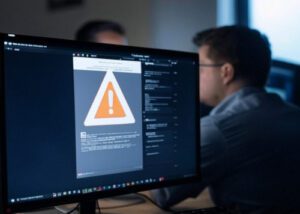
 The following is a guest article by Mike Hale, Principal Solutions Engineer at EchoStor
The following is a guest article by Mike Hale, Principal Solutions Engineer at EchoStor
The healthcare industry finds itself in an increasingly precarious position. While it remains one of the most attractive targets for cybercriminals, it continues to trail behind other sectors in implementing robust cybersecurity measures. This disparity isn’t merely a matter of statistics—it represents a fundamental challenge that threatens patient care, institutional stability, and the broader healthcare ecosystem.
The statistics paint a stark picture of healthcare’s cybersecurity crisis. Healthcare data breaches cost an average of $10.93 million per incident – the highest of any industry for 13 consecutive years. The Department of Health and Human Services (HHS) reported that in 2023, over 133 million individuals were affected by healthcare data breaches, marking a nearly 200% increase from 2022.
The frequency of attacks is equally alarming. A recent survey by the Healthcare Information and Management Systems Society (HIMSS) found that 75% of healthcare organizations experienced a significant security incident in the past 12 months. These aren’t just statistics – they represent real threats to patient care. A 2023 study revealed that 89% of surveyed organizations had experienced at least one IoT-related cyberattack, with 56% of these incidents directly impacting patient care.
Beyond the Budget Narrative
While limited budgets are frequently cited as the primary obstacle to improved security measures, the reality is more complex. Healthcare organizations often allocate significant resources to technology investments, but internal structural issues prevent effective utilization of these funds.
One of the roots of the problem lies in organizational fragmentation. Traditional healthcare institutions typically operate with strict departmental boundaries between security, networking, and infrastructure teams. This siloed approach creates several critical challenges:
- Security initiatives require coordination across multiple departments, leading to delayed implementation and increased costs
- Budget allocations remain trapped within departmental boundaries, preventing strategic reallocation to address emerging threats
- Technical expertise becomes isolated, limiting the development of comprehensive security solutions
- Communication gaps between teams create vulnerabilities that sophisticated attackers can exploit
Recent high-profile incidents have dramatically altered the landscape for healthcare executives. The growing trend of personal liability for security breaches has created a new dynamic where CISOs and other leaders face direct consequences for security failures. This shift in accountability should theoretically drive more aggressive security adoption, yet many organizations remain hesitant to embrace comprehensive security solutions.
Some of that can be attributed to the complexity of most healthcare environments – specialty equipment like MRIs, x-ray machines, IV pumps, and wearables. While these unique point solutions are part of the modern healthcare world, they provide management and security challenges. Adding to that, the topology of most healthcare organizations spans beyond the traditional hospital network in the modern world. Patients and caregivers interact in different ways – hospitals, medical office buildings, outpatient, specialty clinics and telemedicine have provided patients with options to get care – often without leaving their homes.
The AI Factor: A Double-Edged Sword
The integration of artificial intelligence into cybersecurity represents both an unprecedented threat and a potential solution for healthcare organizations. According to Microsoft’s Digital Defense Report 2023, AI-powered attacks against healthcare targets increased by 245% compared to the previous year.
AI language models are now being used to craft highly convincing phishing emails and social engineering attacks that can bypass traditional security awareness training. AI-generated phishing emails have a 40% higher success rate than traditional attempts, making them particularly dangerous in healthcare settings where staff are already stretched thin.
Threat actors are leveraging AI to automatically scan and identify vulnerabilities in healthcare systems. AI-powered malware can now adapt in real time to bypass security measures, with healthcare being the primary target for these adaptive attacks.
The emergence of deepfake technology poses a unique threat to healthcare organizations. Cybercriminals are using AI-generated voice and video to impersonate healthcare executives and authorize fraudulent transfers or gain access to sensitive systems. The FBI reported a 300% increase in such incidents across critical infrastructure sectors, with healthcare being particularly vulnerable.
However, AI also offers powerful defensive capabilities that healthcare organizations can leverage:
- AI-powered threat detection systems can identify and respond to attacks in real time, reducing response times by up to 60%
- Machine learning algorithms can analyze patterns in EHR access to detect potential insider threats
- Natural language processing can help filter out sophisticated phishing attempts
- Automated patch management systems can use AI to prioritize and deploy critical security updates
The challenge lies in adoption. While threat actors rapidly embrace AI capabilities, healthcare organizations often struggle with implementation due to concerns about AI reliability and integration with legacy systems. A KLAS Research survey found that only 23% of healthcare providers have implemented AI-powered security solutions, despite 87% acknowledging their potential benefits.
Other challenges include security – making sure that the right people have access to the right data. As well as good prompts that lead to accurate responses, mitigating the risk of AI solutions providing hallucinations or incorrect data.
Breaking the Cycle
Breaking down departmental silos and creating cross-functional security teams that can respond more effectively to threats. This might involve establishing a unified security operations center (SOC) that coordinates across traditional departmental boundaries. It also involves:
- Budget Realignment: Moving away from departmental budget silos toward a more flexible funding model that allows resources to be directed where they’re most needed; this approach enables organizations to respond more quickly to emerging threats and take advantage of new security technologies
- Cultural Transformation: Fostering a security-first mindset across all levels of the organization; this includes regular training programs, clear communication channels, and incentives for identifying and addressing security concerns
- Technology Modernization: Developing a more agile approach to technology adoption that balances security needs with operational requirements; this includes establishing clear evaluation criteria for new security solutions and creating streamlined processes for implementing critical security updates
Looking Ahead
The healthcare sector’s security paradox cannot continue indefinitely. As threats evolve and consequences escalate, organizations must find ways to overcome their traditional barriers to security adoption. This will require leadership commitment, structural changes, and a willingness to embrace new approaches to security management.
For healthcare leaders, the message is clear: the cost of maintaining the status quo now outweighs the challenges of transformation. Organizations that successfully address their security gaps will not only protect themselves from emerging threats but will also build stronger foundations for future healthcare innovation.
The time for incremental changes has passed. Healthcare organizations must now embrace comprehensive security transformation or risk becoming the next cautionary tale in an industry that can no longer afford to lag behind in cybersecurity adoption.

















































































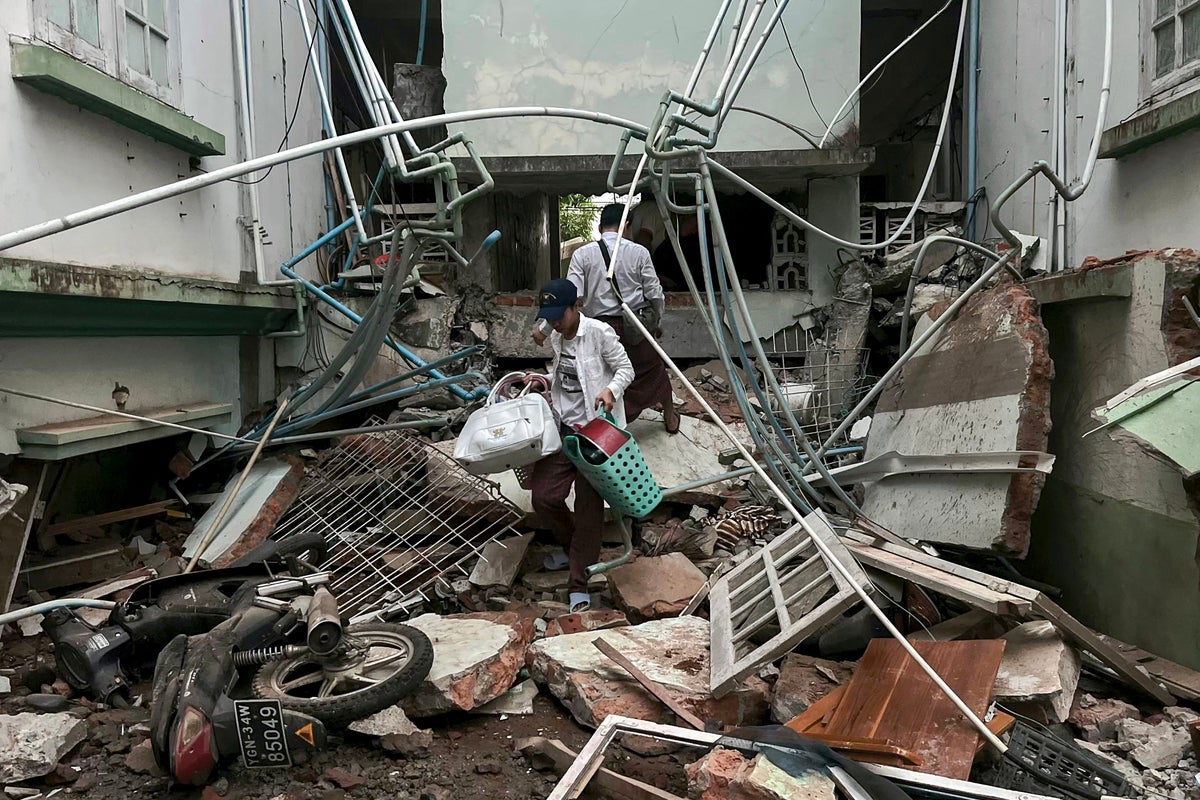















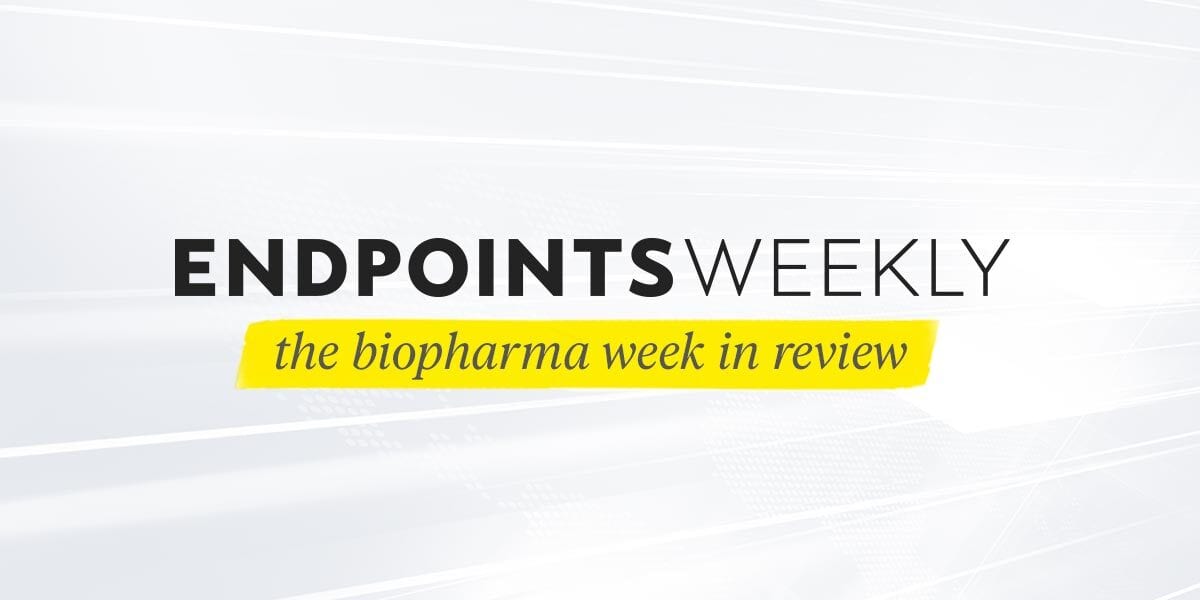
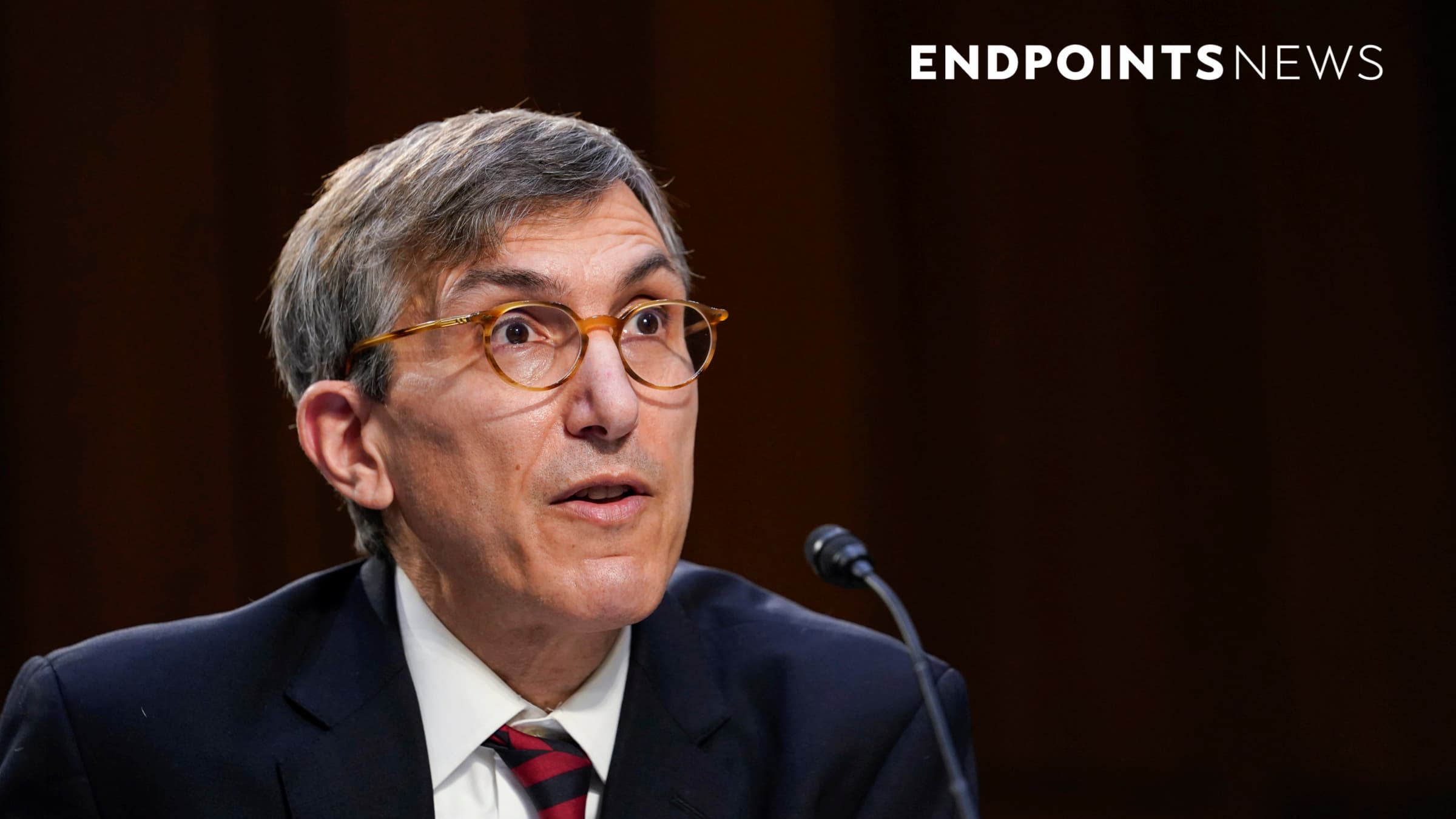





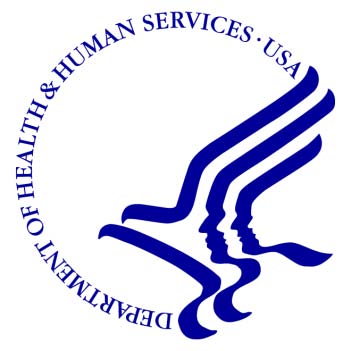




.jpg?#)



































